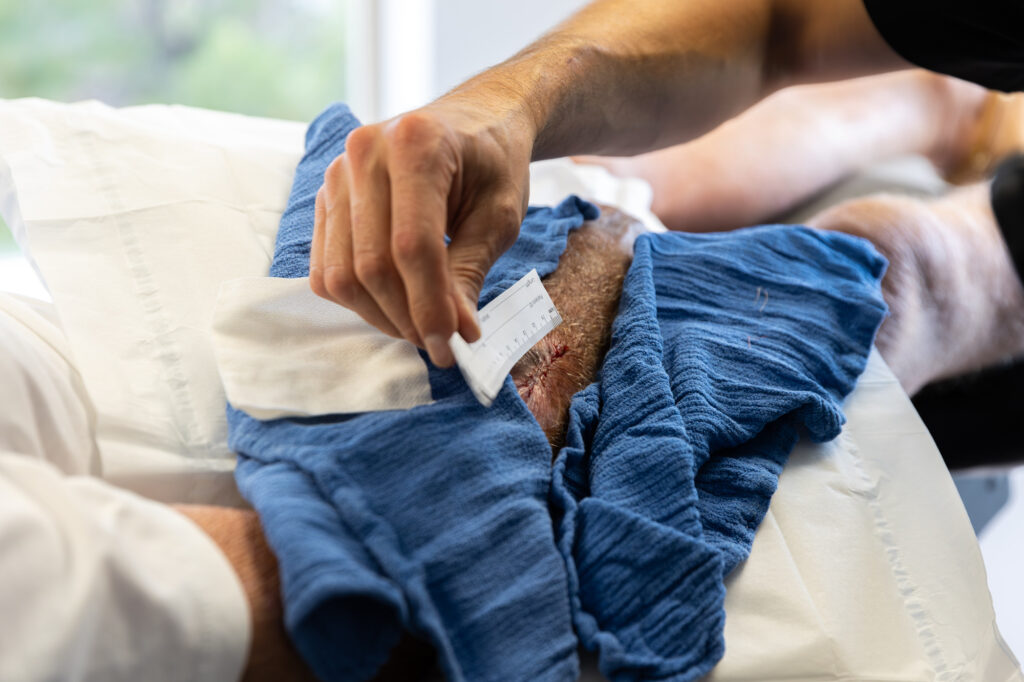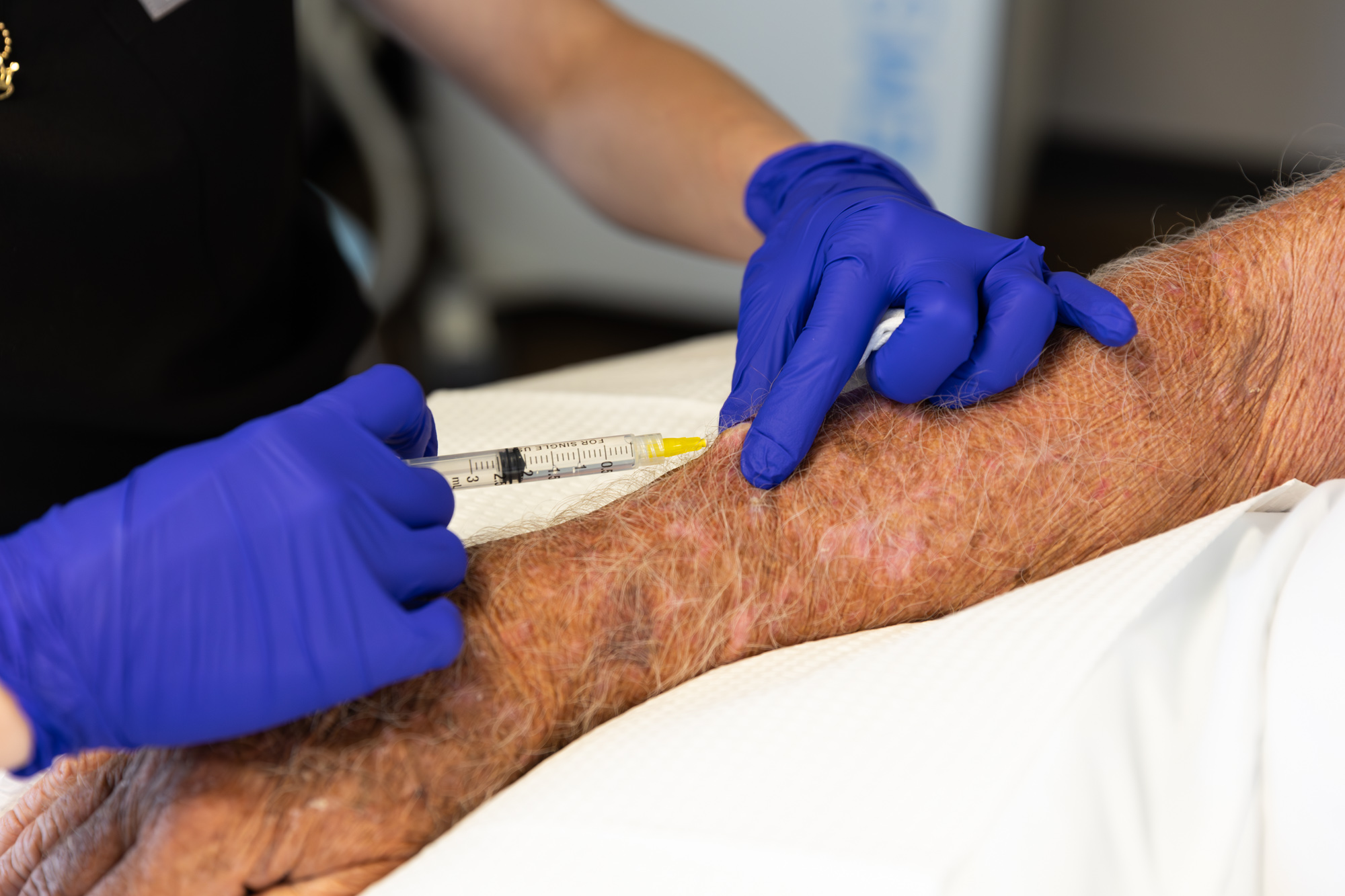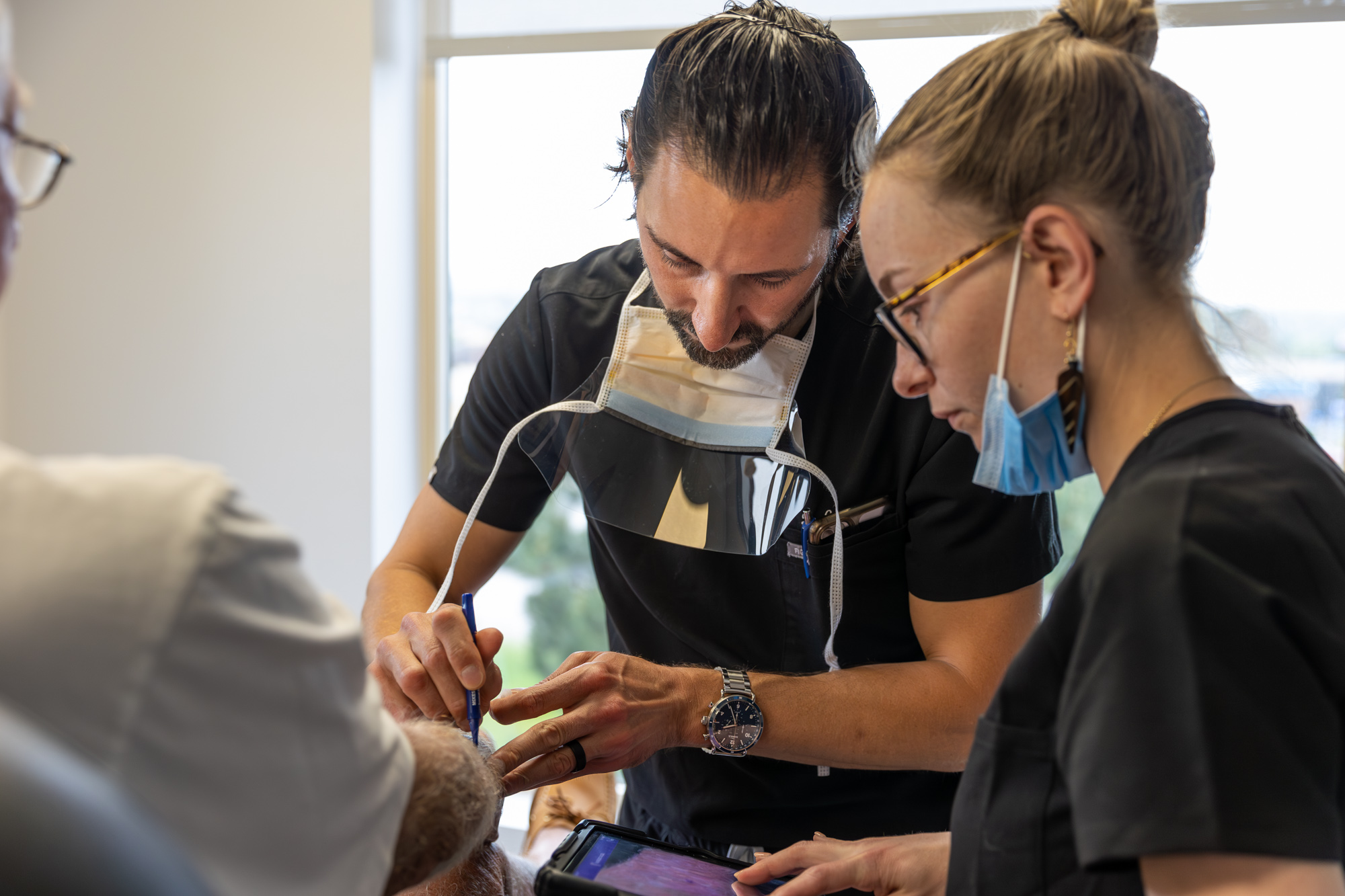When a shave removal is performed there is minimal downtime, which allows you to return to normal activities immediately. When an excision is performed, you will need to avoid submerging the area in water for several days while the area heals and avoid strenuous activity. The area treated will heal naturally in just days.



Our Process
Consultation
Our board-certified providers perform a consultation with all patients to review concerns, history, and treatment options.

Treatment
Since treatment is so quick, once it's determined a procedure is needed for a growth, we can typically perform a same-day mole removal in Littleton, Co.

Results
We examine the tissue that has been removed to determine if any abnormal cells are present. Catching abnormalities early is critical for best results.






Zachary Jones
MD, FAAD
- Specialty
- Medical Dermatology and Surgical Dermatology
- Education
- Texas A&M University-Corpus Christi, Baylor University Medical Center and Vanderbilt University Medical Center
- Credentials
- Member of the American Academy of Dermatology
Frequently Asked Questions About Mole Removal in Littleton, CO
The initial removal or biopsy should require one treatment. If the dermatopathologist determines you require additional care, your provider will go through those options with you.
Even though most insurance plans cover mole removal in Littleton, CO, we always advise contacting your insurance company to confirm your coverage.







